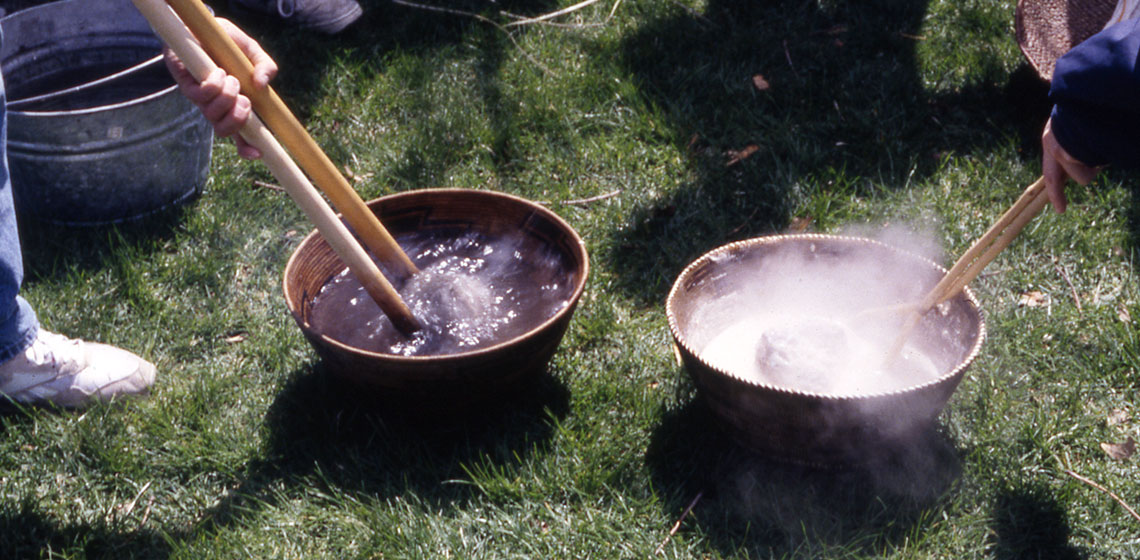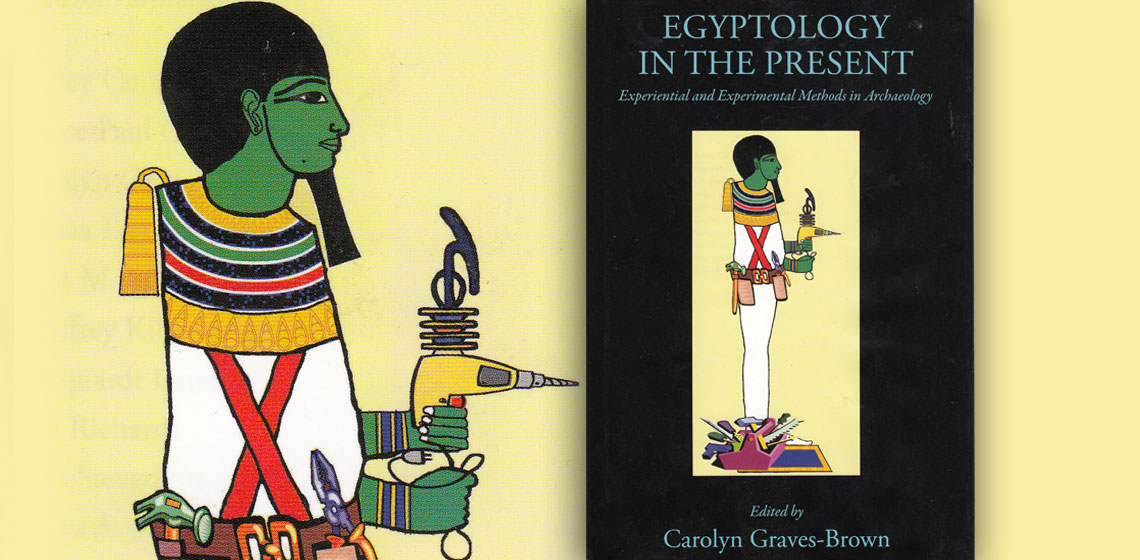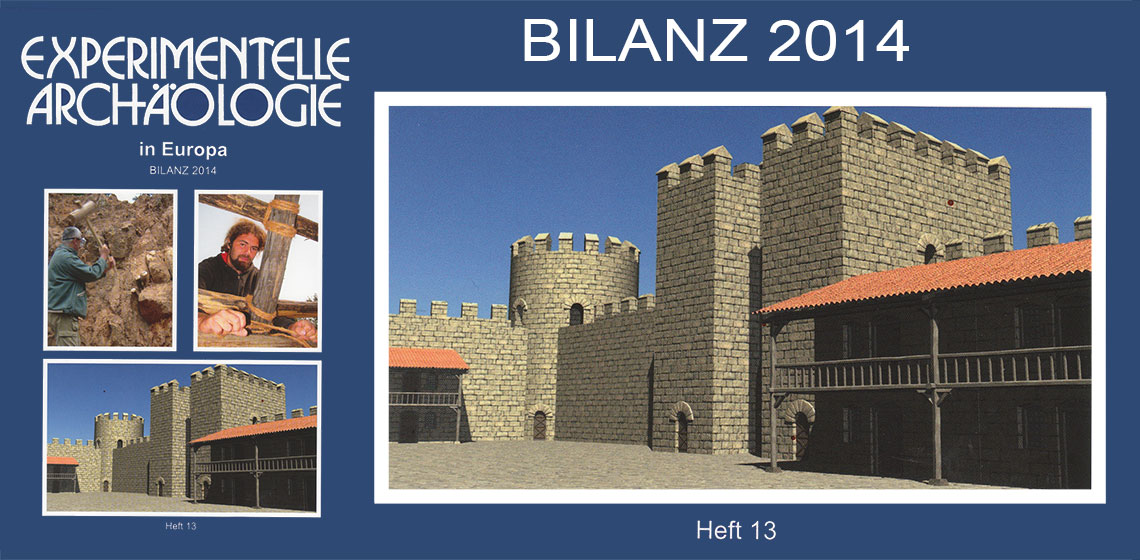Newer Era
UCD Centre for Experimental Archaeology and Material Culture (IE)
The Centre for Experimental Archaeology and Material Culture (CEAMC) at University College Dublin, Ireland, established since 2012, is one of the only specifically designed and dedicated, on-campus university facilities in the world for experimental archaeology and material culture studies. It supports research projects, innovative teaching, and public outreach activities, so as to enable the creation of a better understanding of the nature and role of crafts, technologies and materiality in people’s lives in the past.
Talana Museum, Battlefield and Heritage Park (ZA)
Named after the hill at the base of which the museum is situated, "Talana" meaning "the shelf where precious items are stored" is a most appropriate name for this large and varied museum. Started in 1979 to commemorate the Anglo Zulu war, the small collection moved to the present site at the beginning of 1983.
A 20-acre section of "Dundee" farm, bought in 1982, for the development of a museum to commemorate the centenary of Dundee, included the home and farmstead of one of the founders of the town, the site of the first coal mining activity in this area and portion of the Talana battlefield. Since then the museum has expanded to include more of the original battlefield and Smith farm and now has 42 buildings.
The Citadel of Baturyn Fortress (UA)
The Citadel of Baturyn Fortress is a museum-touristic establishment of the National Preserve “Hetman's capital”, which is located in the North of Ukraine, in Baturyn. The preserve is the object of the state ownership, supervised by the management of the Ministry of Culture...
The Citadel of Baturyn Fortress is a museum-touristic establishment of the National Preserve “Hetman's capital”, which is located in the North of Ukraine, in Baturyn. The preserve is the object of the state ownership, supervised by the management of the Ministry of Culture.
Ondini Historical Complex, KwaZulu Cultural Museum (ZA)
Experience the rich cultural heritage of the KwaZulu Natal region, from the earliest inhabitants to the present. Ondini, the Royal Residence of King Cetswhayo kaMpande served as the judicial and legislative capital of the Zulu Kingdom from 1873 to 1879.
It was burned to the ground by British forces after the battle of Ulundi on 4th of July 1879, the final battle of the Anglo-Zulu War...
Experience the rich cultural heritage of the KwaZulu Natal region, from the earliest inhabitants to the present. Ondini, the Royal Residence of King Cetswhayo kaMpande served as the judicial and legislative capital of the Zulu Kingdom from 1873 to 1879.
It was burned to the ground by British forces after the battle of Ulundi on 4th of July 1879, the final battle of the Anglo-Zulu War.
Fort La Reine Museum (CA)
Fort la Reine was built by Pierre Gaultier de la Verendrye and his two sons in 1739 on the north side of the Assiniboine River along the Yellowquill Trail, just southwest of the City of Portage la Prairie...
Fort la Reine was built by Pierre Gaultier de la Verendrye and his two sons in 1739 on the north side of the Assiniboine River along the Yellowquill Trail, just southwest of the City of Portage la Prairie...
Book Review: Egyptology in the Present: Experiential and Experimental Methods in Archaeology by C. Graves-Brown (Ed)
Book Review: Recent Publications: Experimental Archaeology in the November 2015 Issue of the Cambridge Archaeological Journal (Volume 25, Issue 4)
Book Review: Experimentelle Archäologie in Europa, Bilanz 2014
***Volume number 13 of the periodical Experimentelle Archäologie in Europa. Bilanz contains 215 pages with 18 different articles on a wide variety of subjects. The contributions are presented in four sections: Experiment and Test, Reconstruction Archaeology, Theory and Emanation’, and Short reports...
Llancaiach Fawr Manor (UK)
Visitor’s today step into the Manor House restored and furnished as it would have been in 1645. All the furnishings in the rooms are accurate reproductions of items from the time of the Prichard’s in the 16th and 17th centuries and many of the originals can be found in the Museum of Welsh Life at St. Fagans. As you move around the house you will meet historical interpreters playing the part of the Pritchards’ 17th century servants. The servants will talk about their individual roles, and the varied and interesting life of the Pritchard family.
Visitor’s today step into the Manor House restored and furnished as it would have been in 1645. All the furnishings in the rooms are accurate reproductions of items from the time of the Prichard’s in the 16th and 17th centuries and many of the originals can be found in the Museum of Welsh Life at St. Fagans...









